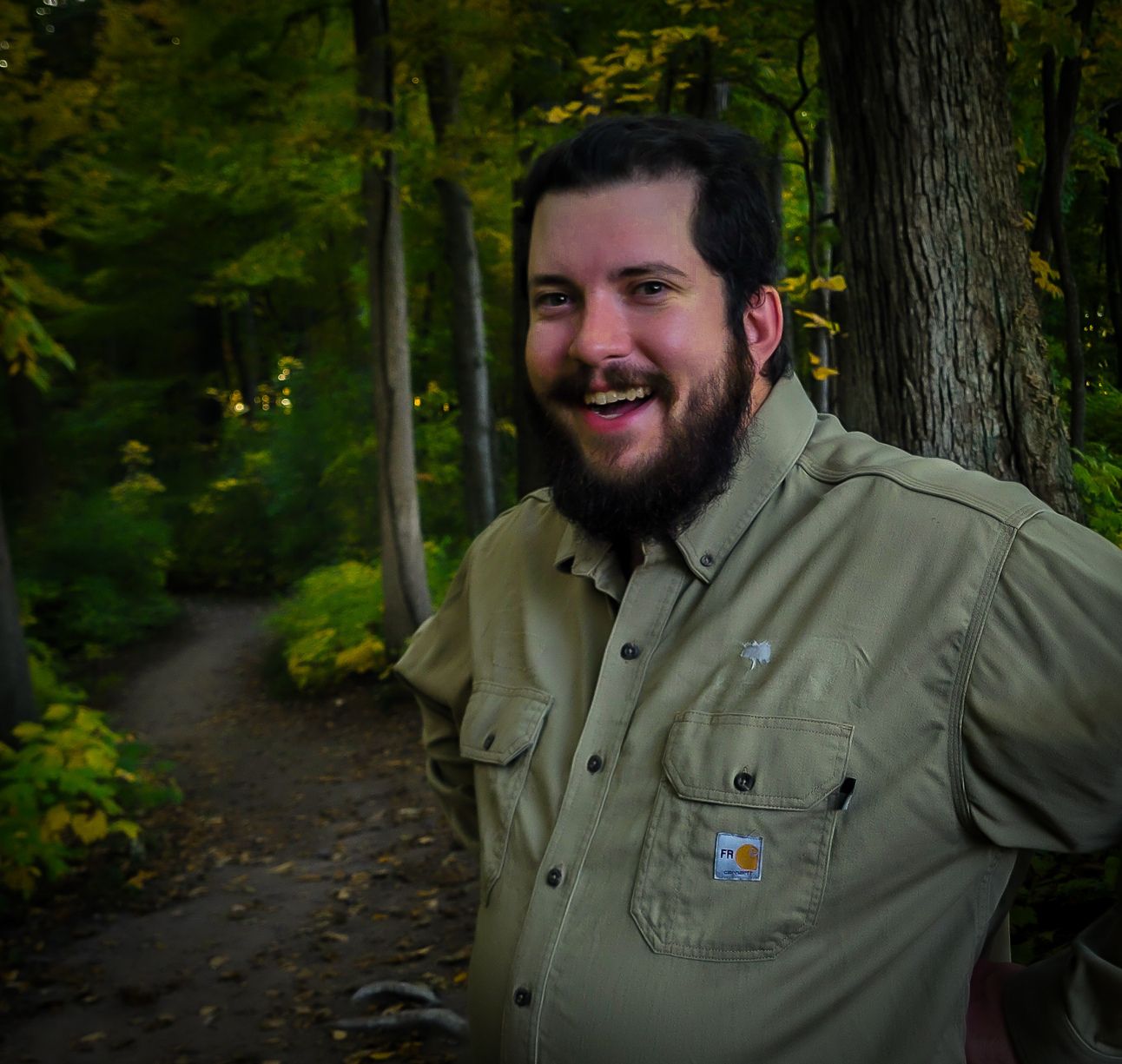- Rangers of Evergreen
- Posts
- Evergreen Report: Introducing Harry—The Man Who Brings Math to a Moose Fight
Evergreen Report: Introducing Harry—The Man Who Brings Math to a Moose Fight
From the Desk of Head Park Ranger Deb
Hello Campers!
There are many ways to describe Park Ranger Harry. “Mathematically inclined.” “Overconfident in his own equations.” “The only person I’ve ever seen use a graph to explain why he was late to work.” But the best way to understand him? Let him explain wildlife safety in his own, uh… unique way.

This week’s feature is Harry’s detailed analysis (complete with an actual chart) on how far you should stand from the animals at Evergreen. He genuinely believes math will keep you safe. He is also the reason our park’s first aid kit is always fully stocked. Enjoy.
How Close Is Too Close? A Graph of Acceptable Wildlife Viewing Distances
By Harry
Nature is beautiful. Nature is majestic. Nature is also more than willing to fight you if you make bad choices. Every year, visitors to Evergreen National Park seem confused about how close they should get to wildlife. So, as a service to both you and the animals (but mostly to the park’s legal department), I’ve created a handy guide to proper wildlife viewing distances.
Let’s start with a simple rule: If you can take a selfie with an animal, you are already too close.
The Distance Chart: A Scientific Approach to Not Getting Mauled
I’ve compiled observational data (which mostly means watching tourists almost get themselves tackled) to create a foolproof graph:
Acceptable Viewing Distance vs. Likelihood of Regret
Animal | Safe Distance (feet) | Distance You Actually Stand | Probability of Regret (%) |
Squirrels | 6 ft | 1 ft (trying to feed it) | 15% (small bite, deep shame) |
Deer | 75 ft | 30 ft (to “get a better picture”) | 40% (they kick) |
Foxes | 150 ft | 50 ft (because it “looks friendly”) | 65% (it was not friendly) |
Bears | 300 ft | 50 ft (why are you still here?) | 99% (bad life choices) |
Moose | 500 ft | 20 ft (why did you think this was okay?) | 110% (concussion likely) |
Common Wildlife Distance Misconceptions
"But it looks calm!"
Yes, so does a lit stove until you touch it."I just want a better photo!"
Zoom was invented for a reason. Use it."I saw a video of someone petting a moose!"
That video cut off before the trip to the hospital."It’s not doing anything, so I think it’s fine!"
Neither is a bear trap until you step on it.
A Quick Guide to Identifying When You Are Too Close
The animal stops what it’s doing and stares at you.
You have now entered its “What’s this idiot doing?” zone.
The animal starts moving toward you.
You are officially part of a chase scene.
The animal makes a noise that sounds unfriendly.
This is nature’s way of saying, “Congratulations, you played yourself.”
Final Thoughts (And a Plea for Your Safety)
I get it. You want cool wildlife photos. You want to feel connected to nature. But what you don’t want is for your visit to Evergreen to end with a headline like:
"Tourist Hospitalized After Trying to High-Five a Bear."
So, please, for the love of both science and common sense: Respect the distance. Use the zoom. Stay alive.
Next Week: Chuck Joins the Fray
Next week, we introduce someone who would get too close, but only because he got distracted by a cool-looking rock on the way. That’s right, Chuck is up next—our most enthusiastic ranger, and the human embodiment of “act first, think later.”
Brace yourselves.
Deb.